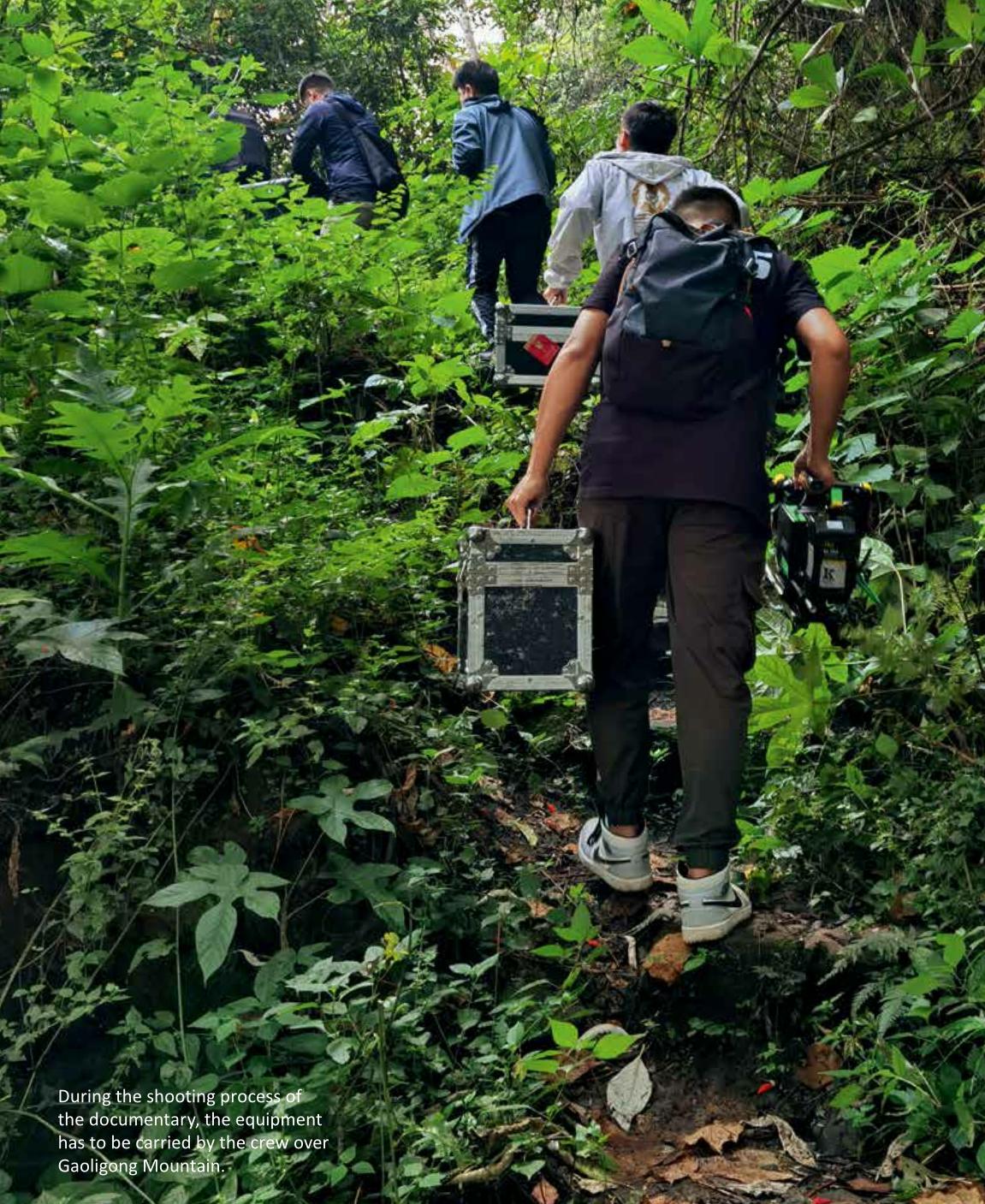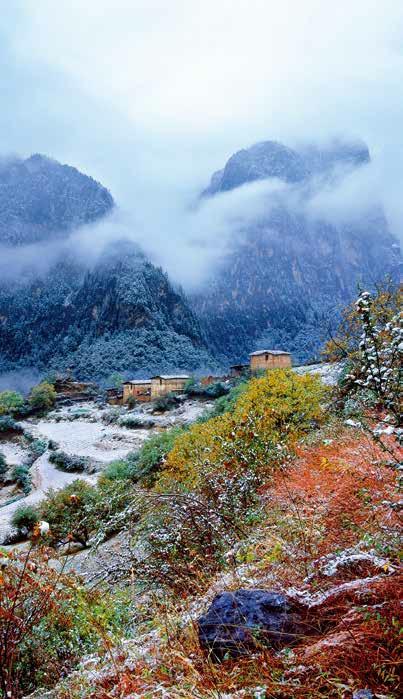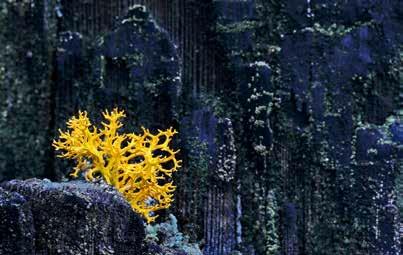Decoding Yunnan
2021-12-09byZhouXin
by Zhou Xin

The first time documentarian Li Chengcai ventured to the southwestern Chinese province of Yunnan, it was to solve a sleeping problem.
In 2012, to relieve insomnia and get closer to nature, he visited Xishuangbanna Tropical Botanical Garden under the Chinese Academy of Sciences in Yunnan Province. “After communicating with botanists, I found an influential power in their clear and bright eyes,” he said.
Yunnan is home to many ethnic minority groups. Their happy faces, beautiful singing, and positive attitudes gave Li confidence that nature could heal him.
The locale has some special charm. Escaping the steel and cement cage of cities for fertile land nurturing myriad species helped him appreciate the power of nature and realize how much urbanization has changed the relationship between man and nature.
Discovering Yunnan
The 15th meeting of the Conference of the Parties to the Convention on Biological Diversity (COP15) kicked off on October 11 this year in Kunming, capital of Yunnan Province. The Code of Yunnan, a promotional documentary, premiered at the opening ceremony of the event, featuring many unique species from Yunnan including the Yunnan snub-nosed monkey, wild Asian elephant, and Rheum nobile. It also highlighted the huge efforts the country has made to conserve biodiversity in Yunnan. Thanks to exquisite cinematography, rigorous details, and vivid descriptions, the documentary was a big hit. Lis affection for Yunnan is fully demonstrated in the film.
The collision of continental plates caused the unique geographical conditions and ecological environment in Yunnan, which is renowned in the world as a “heaven for animals and plants.”
“Yunnan has seven climatic zones, each being home to specific animals, plants, and microorganisms,” said Li Chengcai.“This essentially determines the special but fragile features of the ecological environment of Yunnan. Different ecological systems are connected with each other. So, if a system is damaged,the others will be affected too.”
What is the code of Yunnan? “Every living species has its own special characteristics and unique way of interacting with nature, which is its living code,” said Li. When making the documentary, Li wanted not only to present the beauty and charm of nature, but also to help more people understand that all living species are interconnected, thus increasing public awareness of biodiversity conservation.
Cracking the Code
With altitudes as high as nearly 7,000 meters above sea level, much of the Yunnan-Guizhou Plateau is completely unsuitable for human survival. It is not easy to find living creatures and observe their survival secrets in such an environment.
Li Chengcai said that finding these species and ensuring the safety of his crew in the inaccessible high mountains was much more difficult than any shooting they did.
The tireless efforts by his crew during the one-year shooting process were ultimately pruned down to this 10-minute film. “We spent 20 days filming a flower for three seconds of the film,” Li grinned.
The Code of Yunnan also recruited a first-class Chinese animation team to do special effects for the documentary.“To reproduce the scene of the Cambrian evolutionary explosion in Chengjiang County, we made more than 40 models of species in the Chengjiang biota during the Cambrian Period,” he recounted. “We also completed extensive special effects to interpret the underwater world.”
In addition to achieving stunning presentation, Li and his team made great efforts to consult leading experts including botanists, zoologists, geographers and climatologists. “The shooting process was like school for us, and we couldnt have done this without the hard work and support of countless scientists,”Li stressed.
The word “code” represents a password to explore the biodiversity of Yunnan and makes the concept easier to remember and promote. This was Lis reasoning on the documentarys title. Li and his team hoped it would emerge as a buzzword after bouncing around COP15.
The process of shooting the promotional film exerted a big impact on the creators. “Biodiversity used to be a vague concept to me,” said Zhou Ye, the production teams head writer. Her participation in the production expanded her understanding of biodiversity exponentially. Classifications of animals, plants and fungi used to be purely academic, but field investigations and heavy contact made her realize the importance of harmony between man and nature. Now, she considers biodiversity conservation efforts essential for human development and common prosperity key to enabling all creatures to flourish.
“Magnificent” and “humble” are a pair of contradictory words Li chose to highlight the duality of attitudes towards the ecological environment. His argument is that development of human society needs a magnificent blueprint, but humankind should remain humble in the face of nature. “About 65 million years ago, the collision of continental plates shaped the land of Yunnan, and many of the local species emerged earlier than humans,” he said. “We are the latecomers.”
He fervently declared that a better life for all mankind must be based on biodiversity conservation. As the film stressed, protecting biodiversity is key to cracking the code of sustainable development of human beings.
